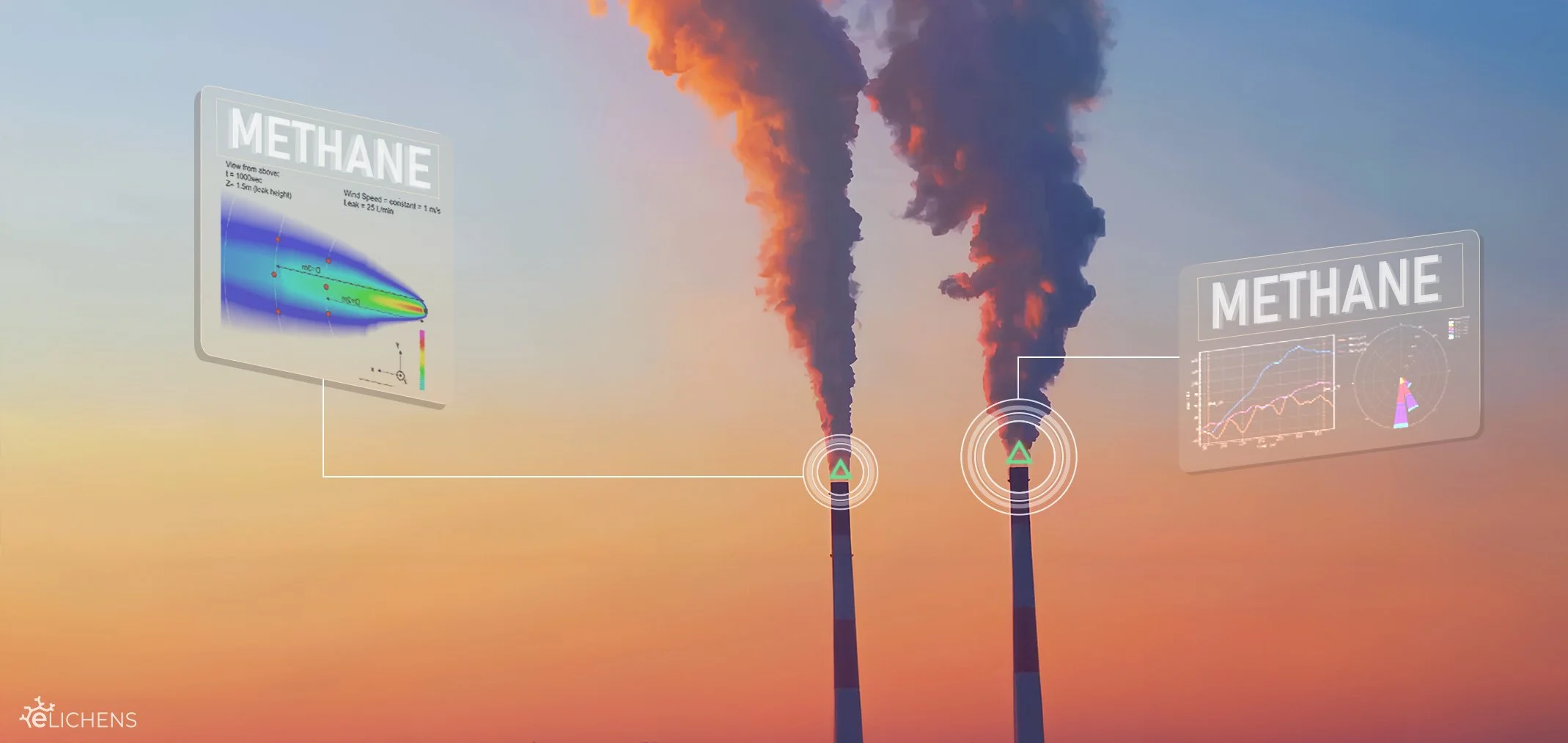Millions of American and Canadian citizens have been suffering from unhealthy pollution levels in parts of North America due to large wildfires in the region. Wildfires are harmful since they release toxins in the air we breathe, including particulate matter 2.5 (PM2.5). However, peaks happen around the globe way more often than you think and originate from various sources.
What are PM2.5?
PM2.5, also known as atmospheric aerosol particles, are complex mixtures of small solid and liquid matter that penetrate the air. PM2.5 refers to such particles that have a diameter of 2.5 micrometers or less.
Due to their microscopic size, they can get deep into one’s respiratory system or bloodstream when inhaled and therefore affect lungs and heart. They have been classified as group 1 carcinogens by the International Agency for Research on Cancer (IARC).
What are the sources of pm2.5?
Direct sources of PM2.5 include emissions from smokestacks, fires, and construction sites.
Indirect sources of PM2.5 resulting from human activity can be power plants, industries and cars. Indeed, most PM2.5 form as a result of chemical reactions involving other pollutants such as sulfur dioxide (SO2) or nitrogen dioxide (NO2).
Levels are usually higher in urban areas.
Who is more vulnerable when exposed to high concentrations of PM2.5?
Children, people with existing heart or lung conditions (including asthma and respiratory issues), and older people are at higher risk when exposed to PM2.5.
Figure: Possible impacts of PM2.5 exposure on human health. Source: U.S. Environmental Protection Agency
When and how to keep safe?
Pictured: eLos Outdoor Air Quality Station
Stay informed about local Air Quality
Follow the guidelines sent by local authorities.
Always keep an eye on local air quality and pollution where you live, work and spend time so that you may know when to take protective measures.
Outdoor Air Quality Stations like eLos continuously monitor eLos continuously monitor the concentrations of pollutants such as PM2.5, PM10, or NO2.
When outside air is polluted, limit exposure
If concentrations of PM2.5 are high (above 55 µg/m3, or Air Quality Index above 150), reduce prolonged outdoor exertion or wear a face mask when having to go outside.
Keep air as clean as possible inside
Prevent outside air or smoke from getting into your home or workplace by keeping doors and windows shut. Make sure that the fresh-air intake of your air conditioner is closed and that it has clean air filters. Monitor indoor air quality with a dedicated sensor to ensure that the environment you are spending time in is healthy.
Pictured: eLichens’ Air Quality Map
RELATED PRODUCTS
























